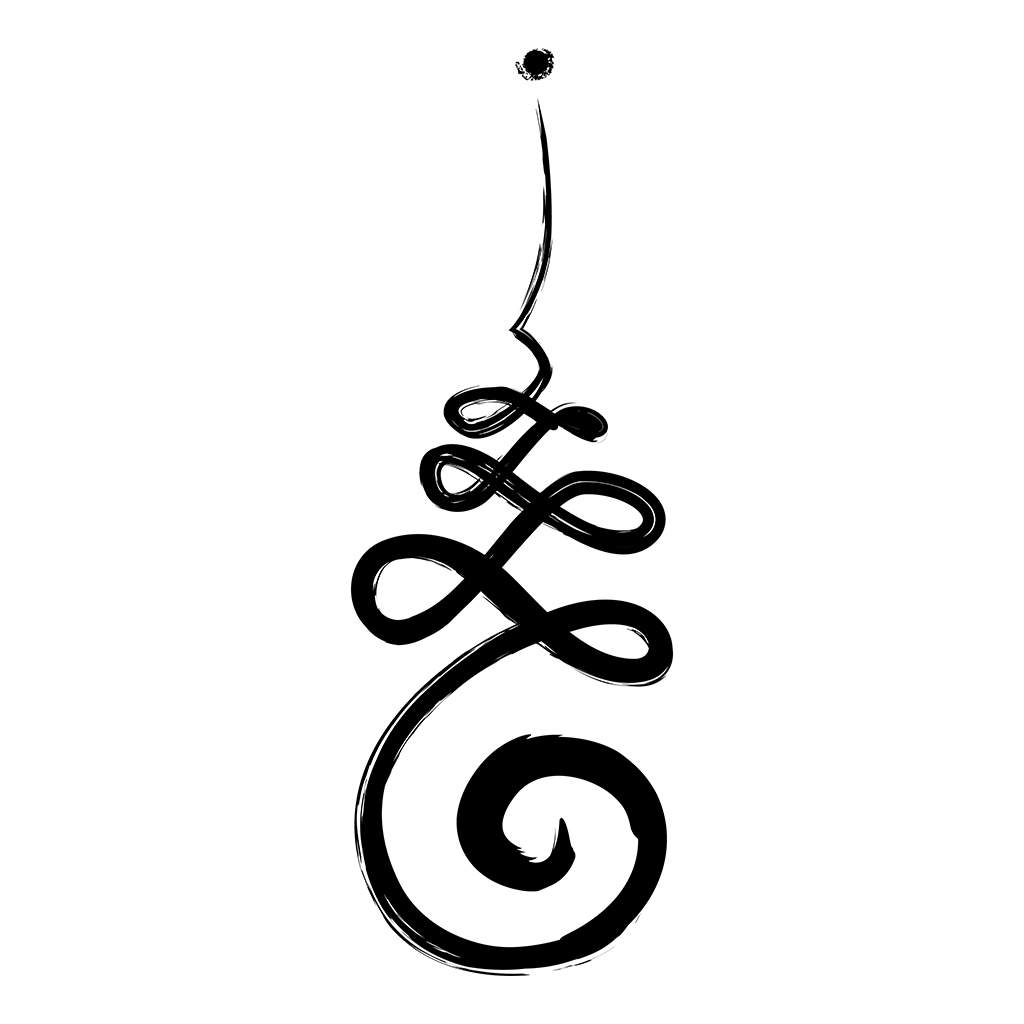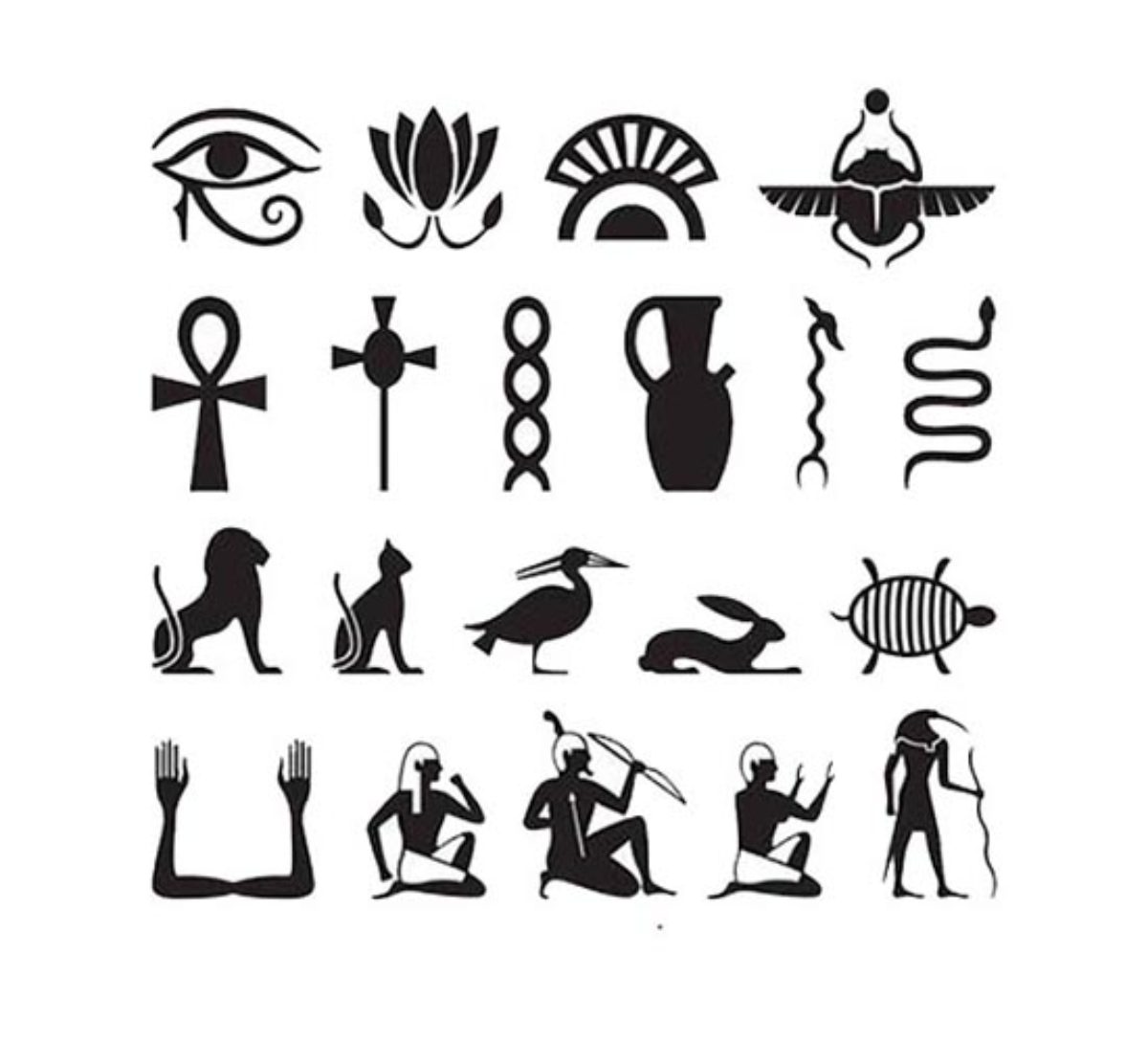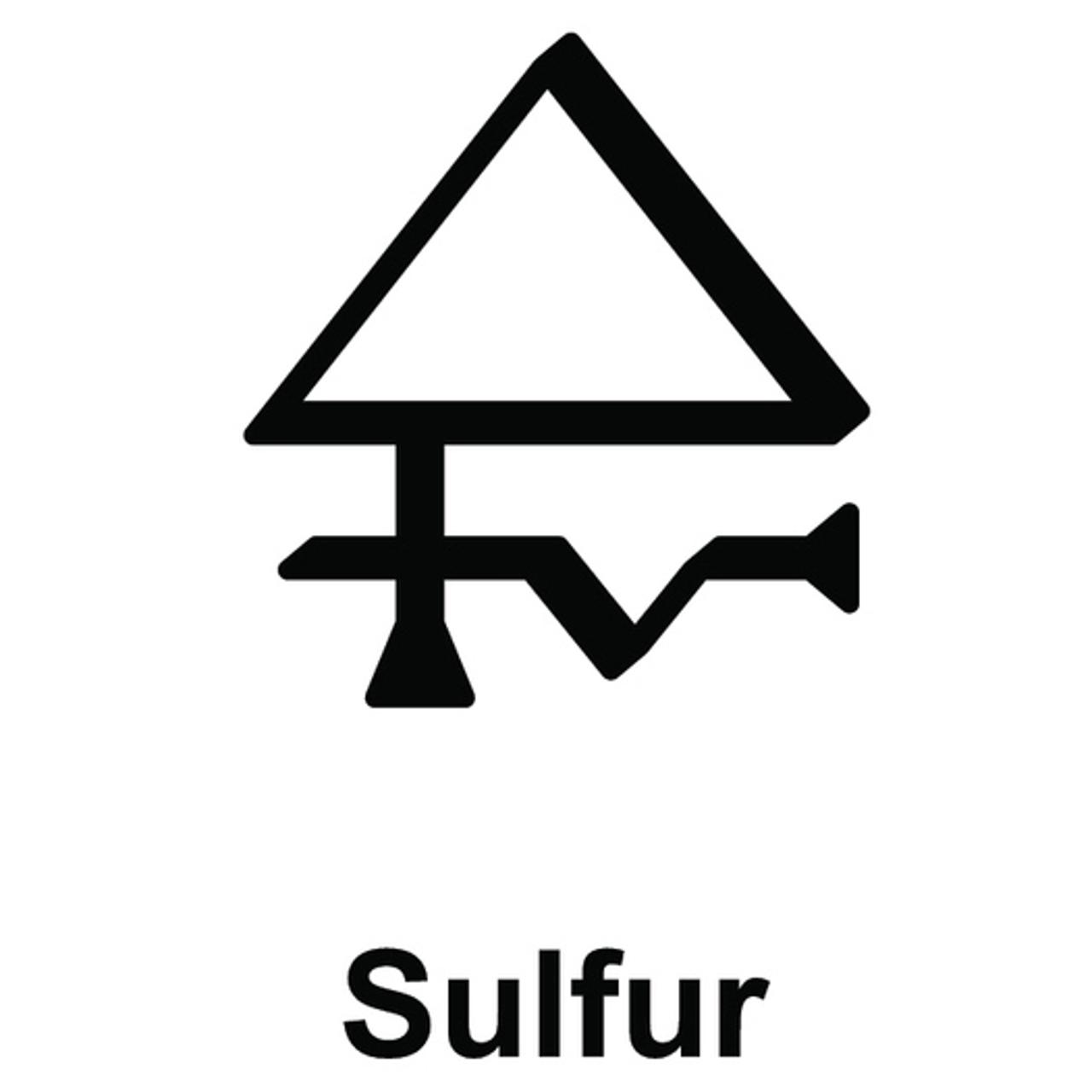
A lot of these ideas are hypothesis our best guess concerning a cosmology from thousands of years ago. It is possible that they corresponded to the cardinal directions as well. These bricks seem to be very similar to the four bricks that protected burials. These gods were the deities that protected the organs, held by the four canopic jars. Later, four supporting columns of text were added are correlated with the four sons of Horus. The text that ran around coffins often referred to the cardinal directions and corresponding deities. In the Middle Kingdom we can see the number, as well as the cardinal directions, played out over and over in coffins. Therefore, the number four becomes a very important, symbolic number of “totality and completeness”. In a very general picture of things, the Nile starts in the south, the sun rises from the east all of life and death is based on cardinal directions. Raven suggests that this is a recreation of their understanding of the Universe. Even if we don’t understand the significance of this, we can see the pattern repeated over and over in burials, tombs, temples, etc. The cardinal directions were very important in ancient Egyptian ritual. In Egyptian Concepts on the Orientation of the Human Body, Maarten Raven puts forth some interesting hypothesis about these ideas. In a way, amulets were a way to recreate the cosmology of the ancient Egyptian universe. I thought that the idea of amulets was very interesting and I have been doing some reading which has made clear to me the importance of these amulets. The concept of protecting the young is associated with the gathering of allies and the protection of the newly reborn sun god against forces of chaos.

Magical wands were also found in association with this birthing brick that also displayed similar scenes of protection. These symbols represent a tie to the divine a woman experiences as she invokes the goddess Hathor at the time of childbirth and symbolically gives birth to the sun god. The women depicted on the birthing brick were given blue hair, indicating their divinity, while the mother is seen holding her new baby on a throne.

The imagery on the sides of the bricks depicted various scenes of deities, most importantly Hathor, an Egyptian goddess of fertility who gained popularity in the Middle Kingdom, and the sun god as a striding cat. These bricks were used in groups of four to form two parallel steps as a type of altar on which a woman in labor would squat over. In Building A of the Wah-Sut complex in southern Abydos archaeologists have recovered the only example of a meskhenet, or a ritualistically prepared “birthing brick” (Wegner, 128). There existed a great importance of religious objects in the child birthing process. These wands were found in both tombs and settlement areas indicating their use throughout the lifespan and most typically found near women. Anthropomorphic as well as zoomorphic depictions of the mythological deities are seen on objects such as magical wands or knives. Religious imagery also played an important part in the everyday lives of the Egyptian people of the Middle Kingdom. All of these symbols gained increasing popularity and were used in both life and death as giving the wearers a connection to the spiritual realm. The scarab was also developed into an administrative seal used to imprint names and titles of officials in the Middle Kingdom. The later of these, the scarab beetle, was first seen during the First Intermediate Period and is tied to the eternal rebirth of the sun god, symbolizing physical transformation. Although amulets have been used since the predynastic, the Middle Kingdom saw a great proliferation in the record as the eye of Horus (wadjer), the backbone of Osiris (djed pillar), the Isis knot (tjet knot), and the scarab (Wegner, 125).

In times of vulnerability, during transitional periods of their lives, such as during childbirth and after death, amulets would be used to help aid the process. Material objects found in the archaeological record also represent a change in the access to the divine.

The new funerary expression did not simply mimic elite traditions, but was added to the preexisting cultural norms. Scholars generally believe that this social change came about during the decentralization and disintegration of the royal power as the local social systems of the provincial governors in the nomes gained more control.įunerary traditions reflect the changing social organization of the Middle Kingdom (Wegner, 124).One of the ways the lower status social groups took part in the formerly elite culture is that the royal mortuary literature, the Pyramid Texts, were utilized by increasingly non-elite social groups. During the Middle Kingdom the common people of Egypt had greater access to the spiritual material culture which was previously only available to the royal and elite of the Old Kingdom and of the Intermediate Period.


 0 kommentar(er)
0 kommentar(er)
